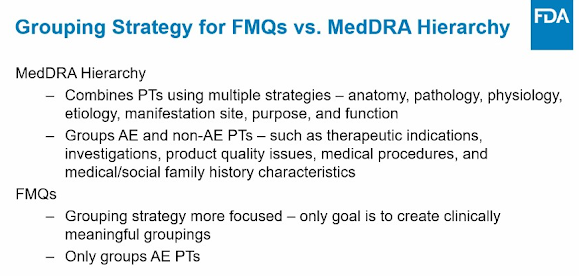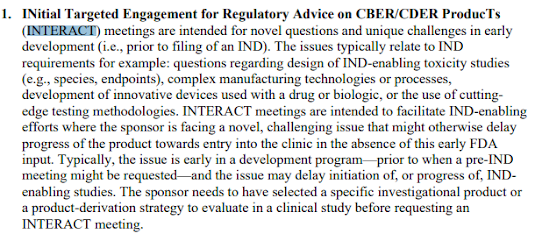Blinding is a procedure in which one or more parties in a trial are kept unaware of which treatment arms participants have been assigned to, i.e. which treatment was received. On the contrary, unblinding is the process by which the treatment allocation is broken so that one or more parties in a trial become aware of the treatment arms the trial participants are on. To maintain the integrity of the RCT trial, the unblinding should occur only after the completion of the study and after the clinical database has been locked (no further modifications to the clinical data) or only in some special situations (unblinding for data monitoring committee, unblinding of the individual trial participants for SUSAR reporting,...). A couple of previous posts discussed exactly the same issue.
- Potential Unblinding due to Imbalance in Adverse Event Profiles
- Is blinded study really blinded? - assessment of blinding /unblinding in clinical trials
"The potential for diarrhea and bitter taste were described in the informed consent, which may have alerted the patients to these symptoms and could have led to functional unblinding during the study. These are potential review issues we have identified which contribute to the uncertainty of the results."In the second PCNS adcom meeting on September 7, 2022, the sponsor addressed the potential unblinding issue in their briefing book:
"Based on an exit questionnaire performed at the end of the randomized phase, it asked investigators and participants what treatment arm they were assigned to. Neither study investigators nor participants were able to guess the treatment assignment. The active group was not able to guess their treatment assignment any better than chance, indicating that taste and GI adverse events were not leading to unblinding."
"Ideally, in a double-blind trial, it is a good practice to evaluate for both the subjects and investigators whether or not blinding / masking has been preserved. However, in the real world, it is rare in double-blinded clinical trials to include a formal assessment of how well the blinding has been preserved. If the assessment of blinding becomes a routine, I think that many studies will show that subjects/investigators guessed correctly more frequently than they should have done by chance alone. Part of the reason this assessment has not been done often is perhaps the difficulty to explain the study results if the blinding is found to be compromised. It will be extremely difficult to assess the magnitude of the impact on the safety and efficacy evaluation if the blinding/treatment assignment concealment is compromised."






































